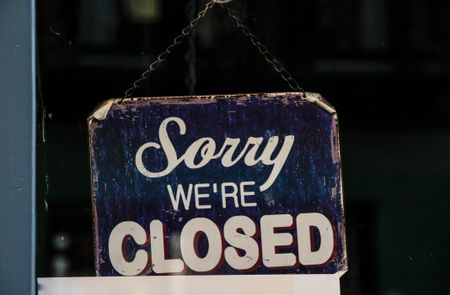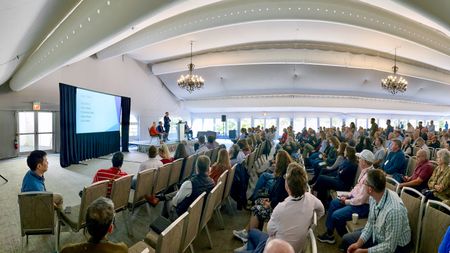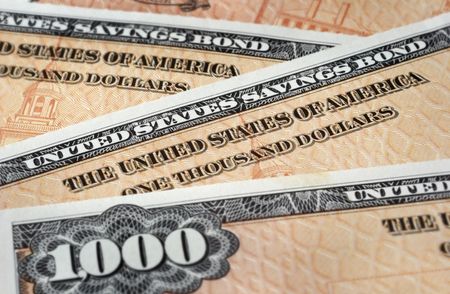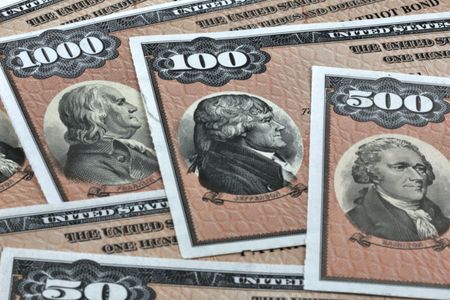The Ivy Endowment-Fund Portfolio
You can keep risk under control by replicating the investments of university endowment funds.
David Swensen is the Albert Pujols of the money-management world. Over his career, Pujols, the power-hitting first baseman of the St. Louis Cardinals sports a freakishly low ratio of strikeouts to home runs. When baseball historians observe statistics such as these, along with Pujols's consistently high batting average and the lofty number of runners he has driven in, they compare the slugger's career figures to those of such legends as Lou Gehrig and Ted Williams.
Swensen is the chief investment officer of Yale University's endowment fund. From June 1985 through June 2008, Yale's endowment returned an annualized 16.6%, an average of five percentage points per year better than both Standard & Poor's 500-stock index and a balanced index holding 60% in stocks and 40% in bonds. That's a 40-fold multiplication of wealth.
He achieved that feat with one-third less volatility than the S&P 500. He had only one down year (losing 0.2% in the year that ended in June 1988, a period that included the crash of 1987) and compiled a Sharpe ratio of 1.12 over that 24-year span. The Sharpe ratio is academic lingo for risk-adjusted return. A ratio in excess of 1 for a long period is a relatively rare event-kind of the statistical equivalent of Pujols's high homer-to-strikeout ratio.

Sign up for Kiplinger’s Free E-Newsletters
Profit and prosper with the best of expert advice on investing, taxes, retirement, personal finance and more - straight to your e-mail.
Profit and prosper with the best of expert advice - straight to your e-mail.
Alas, even Swensen is mortal. Yale's endowment suffered terribly over the 12 months that ended last June. The school hasn't yet reported performance figures, but we'll guess that the endowment lost 25% to 30%, not a surprising conclusion given that virtually all financial markets collapsed in tandem during last year's unpleasantness.
Swensen, who in the bond arena seems to prefer only government securities (both the traditional and inflation-protected sort), appears to have allocated only 4% to Treasuries, one of the few asset class that held up during the financial crisis. A lack of financing and liquidity crushed alternative investments, such as venture capital and leveraged buyouts, longtime staples of Swensen's strategy. But even though the endowment sank 30% the past year, it still returned about 14% annualized from June 1985 through June 2009.
Can individual investors learn and borrow ideas from Swensen? Mebane Faber says yes. Faber, a money manager in El Segundo, Cal., analyzed the "super endowments" of Yale and Harvard (Harvard's endowment gained an annualized 15.2% from June 1985 through June 2008 with even lower volatility than Yale's). He published the results in The Ivy Portfolio (John Wiley & Sons, 2009), a book that he coauthored with his colleague Eric Richardson.
Understand, though, that you can't precisely replicate the Ivy endowment portfolios. When Benjamin Franklin opined that the only certainties in life are death and taxes, he evidently wasn't thinking about university endowments. Unlike the rest of us, the funds pay no taxes and never perish. Moreover, the endowments have huge staffs and access to investments, such as private-equity partnerships and hedge funds, that are unavailable to the common folk.
Still, Faber thinks you can learn much from endowments' risk-management techniques -- for example, the way the funds combine portfolios of risky but uncorrelated assets in a way that should, over time, produce respectable risk-adjusted returns. Portfolios such as these are prepared for almost any scenario (for example, inflation or deflation; dollar strength or dollar weakness) and should enjoy much of the fruit of bull markets while dampening the downside of bear markets.
Based on his study of the Ivy endowments, Faber has constructed a low-cost portfolio of ten exchange-traded funds (see the table below) that draws on the Ivies' methods of allocation, diversification and risk management. Faber recommends periodic rebalancing of the portfolio. If you're interested in adding his market-timing strategies to the mix, check out his book or visit www.theivyportfolio.com.
10-ASSET CLASS SIMPLE IVY PORTFOLIO

ETFSymbol% to ownVanguard Total Stock MarketVTI10%Vanguard Small CapVB10%Vanguard FTSE All-World Ex-USVEU10%Vanguard Emerging Markets StockVWO10%Vanguard Total Bond MarketBND10%iShares Barclays TIPS BondTIP10%Vanguard REIT IndexVNQ10%SPDR Dow Jones International Real EstateRWX10%PowerShares DB Commodity Index TrackingDBC10%iShares S&P GSCI Commodity-Indexed TrustGSG10%
Get Kiplinger Today newsletter — free
Profit and prosper with the best of Kiplinger's advice on investing, taxes, retirement, personal finance and much more. Delivered daily. Enter your email in the box and click Sign Me Up.
Andrew Tanzer is an editorial consultant and investment writer. After working as a journalist for 25 years at magazines that included Forbes and Kiplinger’s Personal Finance, he served as a senior research analyst and investment writer at a leading New York-based financial advisor. Andrew currently writes for several large hedge and mutual funds, private wealth advisors, and a major bank. He earned a BA in East Asian Studies from Wesleyan University, an MS in Journalism from the Columbia Graduate School of Journalism, and holds both CFA and CFP® designations.
-
 RMD Deadline April 1: Five Tax Strategies to Manage Your 2025 Income
RMD Deadline April 1: Five Tax Strategies to Manage Your 2025 IncomeTaxable Income The April 1, 2025, deadline for required minimum distributions (RMDs) is fast approaching for retirees who turned 73 in 2024.
By Kelley R. Taylor Published
-
 Rising AI Demand Stokes Undersea Investments
Rising AI Demand Stokes Undersea InvestmentsThe Kiplinger Letter As demand soars for AI, there’s a need to transport huge amounts of data across oceans. Tech giants have big plans for new submarine cables, including the longest ever.
By John Miley Published
-
 Best Banks for High-Net-Worth Clients 2024
Best Banks for High-Net-Worth Clients 2024wealth management These banks welcome customers who keep high balances in deposit and investment accounts, showering them with fee breaks and access to financial-planning services.
By Lisa Gerstner Last updated
-
 Stock Market Holidays in 2025: NYSE, NASDAQ and Wall Street Holidays
Stock Market Holidays in 2025: NYSE, NASDAQ and Wall Street HolidaysMarkets When are the stock market holidays? Here, we look at which days the NYSE, Nasdaq and bond markets are off in 2025.
By Kyle Woodley Last updated
-
 Stock Market Trading Hours: What Time Is the Stock Market Open Today?
Stock Market Trading Hours: What Time Is the Stock Market Open Today?Markets When does the market open? While the stock market does have regular hours, trading doesn't necessarily stop when the major exchanges close.
By Michael DeSenne Last updated
-
 Bogleheads Stay the Course
Bogleheads Stay the CourseBears and market volatility don’t scare these die-hard Vanguard investors.
By Kim Clark Published
-
 The Current I-Bond Rate Until May Is Mildly Attractive. Here's Why.
The Current I-Bond Rate Until May Is Mildly Attractive. Here's Why.Investing for Income The current I-bond rate is active until November 2024 and presents an attractive value, if not as attractive as in the recent past.
By David Muhlbaum Last updated
-
 What Are I-Bonds? Inflation Made Them Popular. What Now?
What Are I-Bonds? Inflation Made Them Popular. What Now?savings bonds Inflation has made Series I savings bonds, known as I-bonds, enormously popular with risk-averse investors. So how do they work?
By Lisa Gerstner Last updated
-
 This New Sustainable ETF’s Pitch? Give Back Profits.
This New Sustainable ETF’s Pitch? Give Back Profits.investing Newday’s ETF partners with UNICEF and other groups.
By Ellen Kennedy Published
-
 As the Market Falls, New Retirees Need a Plan
As the Market Falls, New Retirees Need a Planretirement If you’re in the early stages of your retirement, you’re likely in a rough spot watching your portfolio shrink. We have some strategies to make the best of things.
By David Rodeck Published